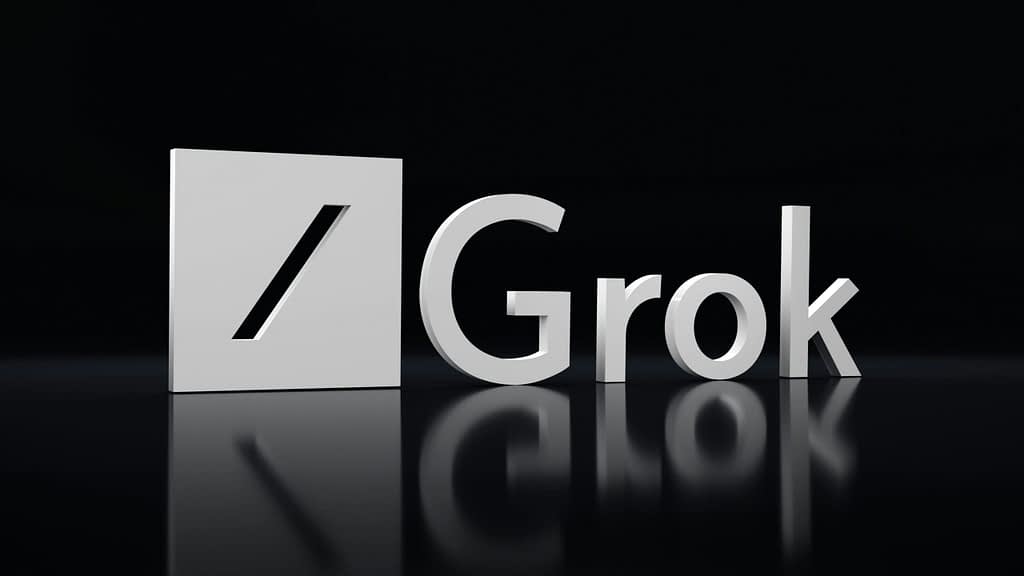Elon’s company xAI is experiencing a period of intensive investments in artificial intelligence, spending over a billion dollars monthly on developing advanced AI models. The startup behind the Grok chatbot expects losses of $13 billion throughout this year while simultaneously seeking to raise $9.3 billion through a combination of debt and equity financing.
Massive Capital Requirements of the AI Industry
xAI represents a prime example of the unprecedented financial demands of today’s AI industry. According to sources familiar with the company’s financial situation, the startup plans to spend more than half of its planned funding over the next three months. These enormous expenditures are primarily related to:
- Building server farms essential for training AI models
- Purchasing specialized chips designed for advanced computing
- Developing data centers and technological infrastructure
- Competitive battle for technological dominance in the AI sector
Massive Capital Requirements of the AI Industry
xAI represents a prime example of the unprecedented financial demands of today’s AI industry. According to sources familiar with the company’s financial situation, the startup plans to spend more than half of its planned funding over the next three months. These enormous expenditures are primarily related to:
- Building server farms essential for training AI models
- Purchasing specialized chips designed for advanced computing
- Developing data centers and technological infrastructure
- Competitive battle for technological dominance in the AI sector
Analysts from Carlyle Group estimate that over $1.8 trillion in capital will be directed toward meeting AI infrastructure demand by 2030.
Revenue Generation Challenges Compared to Competition
While xAI is rapidly expanding, it faces significant challenges in developing revenue streams compared to direct competitors like OpenAI or Anthropic. While OpenAI expects revenue of $12.7 billion this year, xAI is projecting only:
- $500 million in revenue during the current year
- Growth to over $2 billion next year
- Path to financial sustainability expected by 2027
This disparity between expenses and revenue makes xAI one of the most capital-intensive startups in artificial intelligence.
Strategic Advantages and Competitive Position
Despite financial challenges, xAI possesses several strategic advantages. The company owns a significant portion of its technological infrastructure directly, rather than renting computing capacity. Key advantages include:
- Direct access to powerful chips through the X social network
- Ability to train models on extensive data archives from platform X
- Financial backing from the world’s wealthiest individual
- Experience with long-term investments in futuristic projects
Musk’s history demonstrates willingness to invest his own wealth in ambitious projects long before achieving their monetary success, as evidenced by companies like Tesla and SpaceX.
Funding and Investor Relations
The company is completing the raising of $4.3 billion in new equity and plans additional fundraising of $6.4 billion next year. Morgan Stanley is assisting with securing an additional $5 billion in debt financing. The company’s valuation rose from $51 billion at the end of last year to $80 billion at the end of the first quarter.
Significant investors include Andreessen Horowitz, Sequoia Capital, and VY Capital. Although debt financing has met with lukewarm investor response, with demands for returns around 12% on unrated bonds, the company is successfully completing fundraising activities.
Future Prospects and Market Position
xAI expects a breakthrough in financial sustainability by 2027, an ambitious goal given current financial flows. Optimistic projections stem from the potential for synergies with the X social network and direct control over key infrastructure. However, the competitive environment remains intense, with established players like OpenAI planning positive cash flow only by 2029.




